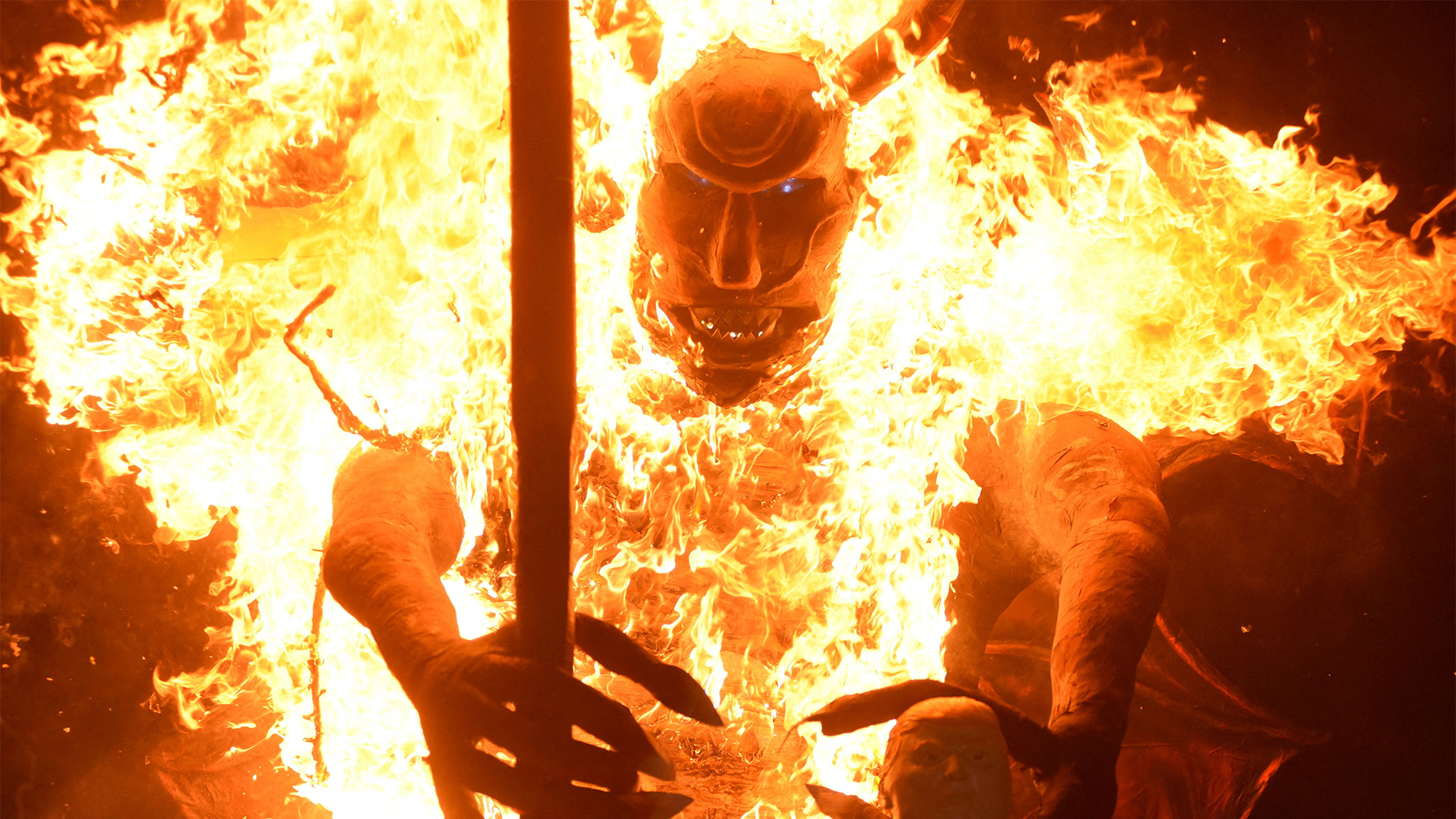Getting the flavor of...Florida’s Cuban experience
Miami's vibrant Cuban neighborhood, Little Havana, is west of the city's downtown area.
Florida’s Cuban experience
With its art deco decor, white-sand beaches, and salsa dancing, Miami is as close to Cuba as most of us can get “without violating any embargoes,” said Matt Schwartz in The Wall Street Journal. Located just west of downtown Miami is Little Havana, the city’s Cuban neighborhood and the site of Viernes Culturales—“a vibrant street festival that takes place on the last Friday of each month.” The neighborhood is home to cigar shops, produce stores selling fresh guarapo (sugarcane juice), and Maximo Gomez Park, where “seniors spend hours playing dominos.” Nightlife is big here, and the live salsa and feathered showgirls at Aché Supper Club recall Havana’s famed Tropicana. For Cuban-American history, visit the Freedom Tower, a former immigrant-processing center. Still not feeling the Cuban vibe? You can always drive south to Biscayne National Park, which features “the area’s closest approximation of Cuba’s abundant marine life.”
Underground Seattle
The Week
Escape your echo chamber. Get the facts behind the news, plus analysis from multiple perspectives.

Sign up for The Week's Free Newsletters
From our morning news briefing to a weekly Good News Newsletter, get the best of The Week delivered directly to your inbox.
From our morning news briefing to a weekly Good News Newsletter, get the best of The Week delivered directly to your inbox.
The history of Seattle’s rise from coastal wetlands is “a tad bawdy,” said Ken Van Vechten in the Los Angeles Times. To learn the story, I joined “Bill Speidel’s Underground Tour,” which begins in a restored saloon before a guide leads visitors downstairs past buried storefronts and about three blocks of subterranean passages. Because of repeated flooding, the city began raising street levels in the 1890s across a 30-block downtown area, and some buildings survived intact. The late Bill Speidel, a publicist, made the passages a tourist attraction decades ago, and his heirs don’t hesitate to tell tour groups that the city’s street-raising feat was paid for with a sin tax aimed at a thriving prostitution trade. Oddly, commercial foot traffic continued underground for a few years until a 1907 plague scare caused the passages’ abandonment. Until Speidel came along, Prohibition-era liquor smuggling was the best reuse anybody had come up with.
A free daily email with the biggest news stories of the day – and the best features from TheWeek.com
-
 Quiz of The Week: 6 – 12 December
Quiz of The Week: 6 – 12 DecemberQuiz Have you been paying attention to The Week’s news?
-
 The week’s best photos
The week’s best photosIn Pictures A man's best friend, the elephants in the room, and more
-
 A TikTok trend has Gen Z men leaving streetwear behind for more preppy attire
A TikTok trend has Gen Z men leaving streetwear behind for more preppy attireThe Explainer More than a zipper: Young Black men embrace the ‘quarter-zip movement‘